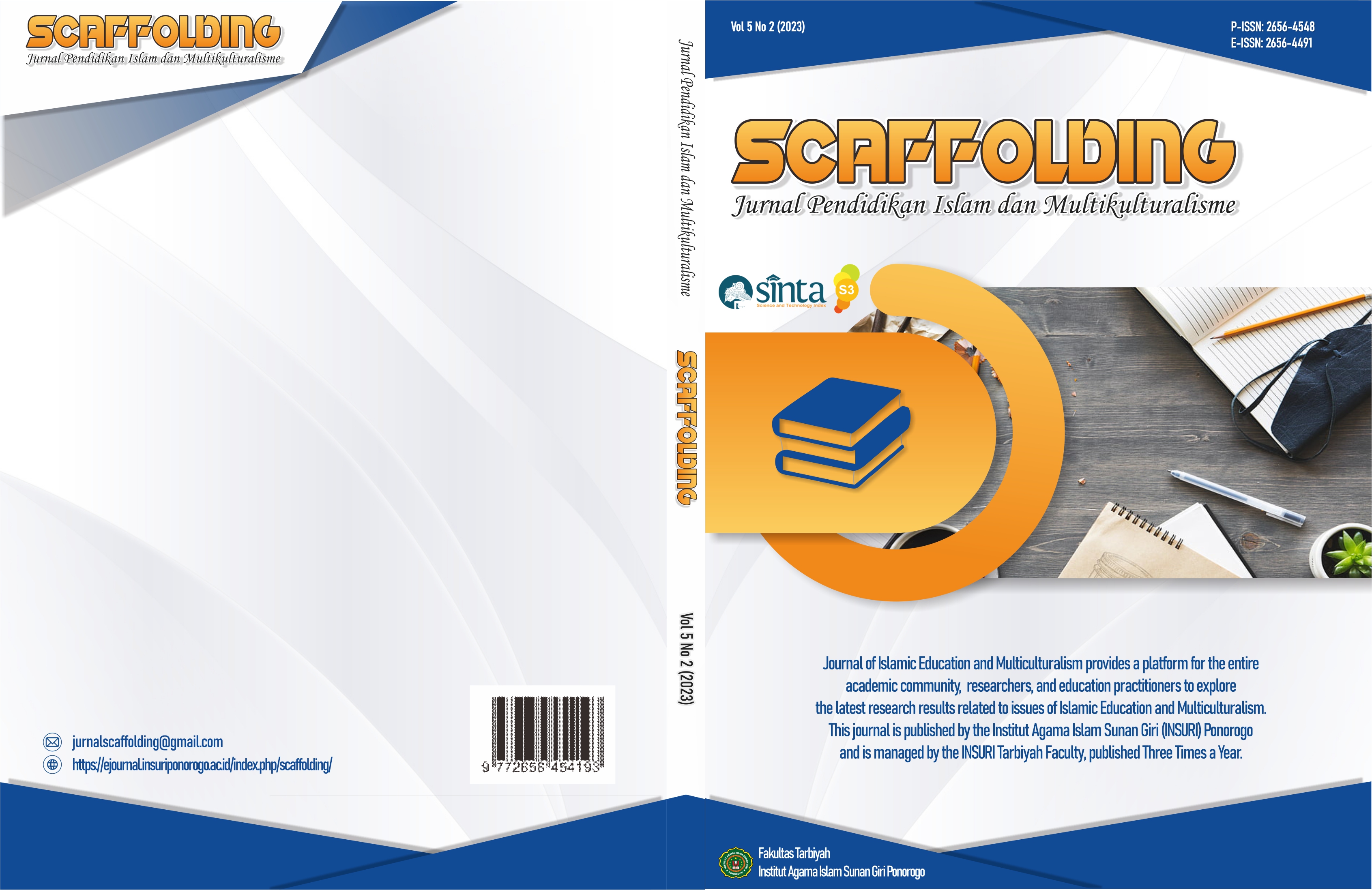E-Module Based on Augmented Reality Media on Magnetic Materials
DOI:
https://doi.org/10.37680/scaffolding.v5i2.3151Keywords:
Augmented Reality, E-module, Magnetism, SMPN 40 SemarangAbstract
This study aims to develop e-modules based on Augmented Reality media and determine their effectiveness. The research method used is Research and Development (R&D) with the ADDIE development model (Analyze, Design, Develop, Implement, and Evaluate). Data collection techniques with documentation, interview, questionnaire, and test methods. The population for this study comprised students from SMPN 40 Semarang, totaling 62 students. The sample size consisted of 31 students. Using a random sampling technique. The data analysis technique used is the t-test to assess the effectiveness of the developed e-module. Data collection instruments through expert validation sheets and student readability test sheets. The validation results of material experts amounted to 93.70%, media experts amounted to 92.01% with very valid criteria, and supported by student readability tests of 83.76% with excellent criteria. The results of Augmented Reality-based E-module research have characteristics, namely digital form utilizing Augmented Reality applications, 3D image display is interactive and contains magnetic material sub-material magnetic material. The results of the effectiveness test with a pre-test completeness percentage of 64,5% and 90,3% proved that there was an increase so that Augmented Reality-based e-modules can be used as teaching materials in science learning on magnetic material sub materials.
Downloads
Published
Issue
Section
License
Authors who publish with this journal agree to the following terms:
Authors retain copyright and grant the journal right of first publication with the work simultaneously licensed under a Creative Commons Attribution-NonCommercial 4.0 International License that allows others to share the work with an acknowledgement of the work's authorship and initial publication in this journal.
Authors are able to enter into separate, additional contractual arrangements for the non-exclusive distribution of the journal's published version of the work (e.g., post it to an institutional repository or publish it in a book), with an acknowledgement of its initial publication in this journal.
Authors are permitted and encouraged to post their work online (e.g., in institutional repositories or on their website) prior to and during the submission process, as it can lead to productive exchanges, as well as earlier and greater citation of published work.



